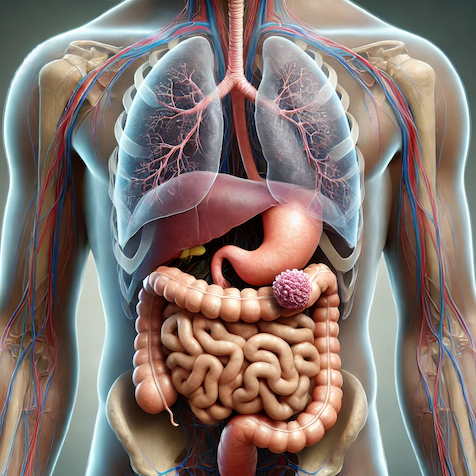The Peel Pipeline
Peel’s pipeline targets high unmet clinical need areas in which patients face limited or no viable treatment options in oncology and immune diseases. We built Darwin.AI™, our proprietary discovery engine, to identify drug targets based on 100 million years of disease resistance across evolution. We are selective and engineer evolutionary medicines for radical impact, ensuring each drug has the potential to have a staggering outcome for patients across efficacy and safety.
Program
Indication(s)
Discovery
IND-Enabling
Clinical
Phase I
Phase II
Phase III
Oncology
Peel-224
PEGylated TOP1 inhibitor
Solid tumors
Peel-388
NET targeted TOP1 inhibitor
Solid tumors
EP53 Lipid Nanoparticles
Elephant p53 loaded lipid nanoparticles
Solid tumors
Melittin
Integrin-targeted honeybee toxin
Solid tumors
Molecules in nature
PEEL-224 is a nanocarrier linked to 4 small molecules developed for the treatment of cancer. The active molecule of PEEL-224 derives from camptothecin, a naturally occurring compound found in the Chinese Happy Tree thought to have evolved as a plant defense mechanism.
Camptothecin and its derivatives inhibit topoisomerase 1 (TOP1) which results in DNA breaks, effectively killing dividing cells. By engineering the natural molecule and conjugating it with a synthetic polymer, PEEL-224 is designed to improve efficacy while limiting toxicity.
Impact for patients
The robust preclinical data is extremely promising, showing that PEEL-224 leads to a sustained complete response in the most aggressive solid tumors in some cases for more than six months.
The molecular structure of Peel’s drug prevents its efflux from cancer cells through the ABCG2 multidrug transporter pump, meaning tumors are less likely to become resistant to PEEL-224 treatment and this drug overcomes irinotecan resistance.
The peel-224 manufacturing process is optimized, scaled for the clinic and has advanced rapidly to patients. Our phase 1 clinical trial for PEEL-224 is now concluding as we plan the next set of clinical trials.
Molecules in nature
Similar to PEEL-224, the payload delivered by this nanocarrier originates from the naturally occurring plant toxin, camptothecin. This drug has been modified to target neuroendocrine tumors (NETs) so that these tumors will specifically take up our drug. In this way, the evolved plant defense mechanism of camptothecin has been engineered to seek out and eliminate NETs.
Impact for patients
This drug also has a very robust track record in preclinical testing. The PEEL-388 can identify and kill metastatic lesions because of the way it has been engineered. This drug can potentially offer hope to patients with NETs that sometimes will run out of treatment options.
Still in early discovery, peel therapeutics has plans to rapidly advance this precision drug through IND-Enabling studies and phase I clinical trials.
Molecules in nature
TP53 is a tumor suppressor gene often referred to as the “Guardian of the Genome.”
TP53 plays an essential role in destroying cancerous tissues, but is often turned off in the majority of human cancers. While humans have two copies of this gene, elephants are shown to have 40 copies of EP53 (elephant p53) – a scientific discovery published in the Journal of the American Medical Association (JAMA) by Peel co-founder Dr. Joshua Schiffman and his collaborators, some of whom are currently employed at Peel.
Impact for patients
For effective EP53 drug delivery, we are harnessing a nanotechnology that enables potent, enhanced delivery of the payload while limiting toxicity. This type of drug delivery modality has been pioneered by Peel co-founder Dr. Avi Schroeder, an internationally recognized expert in nanotechnology.
We are currently evaluating our EP53 nanoparticles in rigorous preclinical studies, with promising results.
Molecules in nature
Melittin is the most common toxin found in the venom of the European honeybee (Apis mellifera). When bee venom is injected into the body from a bee sting, the melittin causes massive rupture of red blood cells – a process called hemolysis. Melittin is the major pain producing substance found in bee venom. Melittin causes destruction of cells by forming pores on the surface of cells. These melittin-induced holes force the cells to burst open and release their contents.
Impact for patients
We have engineered melittin to be delivered directly to tumors by targeting integrin. The integrin trans-membrane protein is overly expressed on the surface of tumor cells and in the tumor microenvironment (TME) that surrounds aggressive cancers. Instead of killing red blood cells, our melittin will be brought directly to tumor cells to trigger cancer cell death. Still in development, Peel’s integrin targeting-melittin will kill tumor cells and also enhance other cancer treatments.



